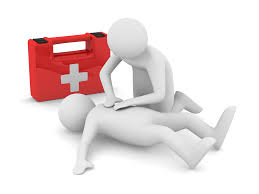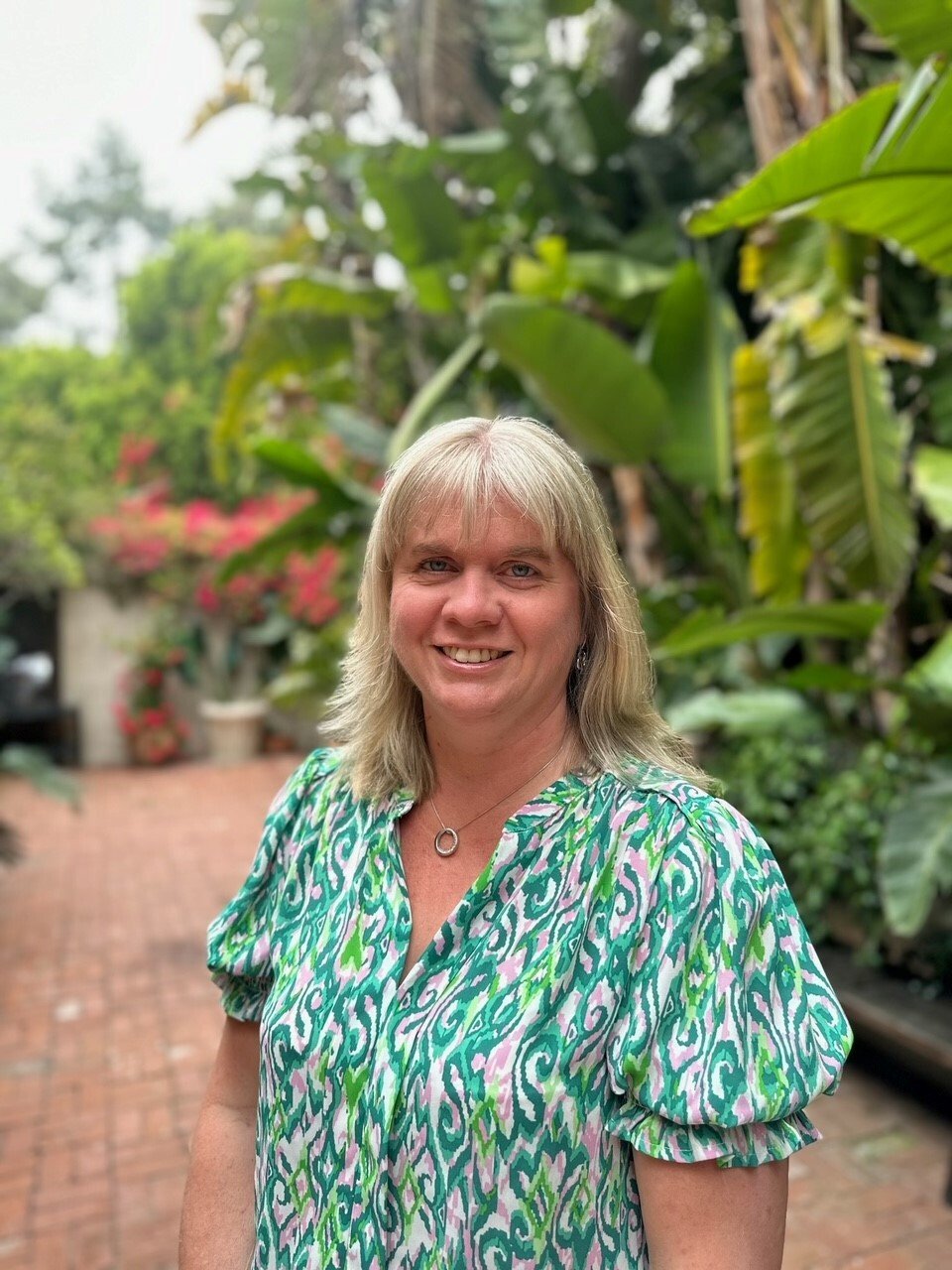- Privacy Policy
- Terms & Conditions
- Contact us
- ©Isabel Healthcare 2025
How to Save a Life - First Aid Procedures
 The work that medical professionals do is incredible. They save lives every day, and it’s their job to care for you when you are at your weakest. One of the biggest obstacles for physicians, however, is getting to the patient in time to diagnose and treat, particularly in an emergency. Strokes, blood loss and heart attacks are just a few of the many medical situations in which the time it takes to reach the patient can drastically affect their outcome, and unfortunately a lot of the time, these illnesses strike suddenly and outside the safe environment of a hospital. However, there are some things that non-medical professionals can do to help the emergency services and doctors, and improve a patient’s chance of recovery.
The work that medical professionals do is incredible. They save lives every day, and it’s their job to care for you when you are at your weakest. One of the biggest obstacles for physicians, however, is getting to the patient in time to diagnose and treat, particularly in an emergency. Strokes, blood loss and heart attacks are just a few of the many medical situations in which the time it takes to reach the patient can drastically affect their outcome, and unfortunately a lot of the time, these illnesses strike suddenly and outside the safe environment of a hospital. However, there are some things that non-medical professionals can do to help the emergency services and doctors, and improve a patient’s chance of recovery.
First Aid courses are a brilliant way to get to grips with the basic training you could one day need. For some jobs it is a legal requirement for you to be first aid trained, but even if this isn’t the case, it’s a great life skill to have gained. In the UK, there are institutions such as the British Red Cross, St John’s Ambulance and Safety First Aid Training who all offer comprehensive first aid training. In the US, you can go to the American Red Cross or the American Safety Training Institute, among others. All these services offer slightly different courses and levels of training, and you can often receive first aid training through your workplace or community organization, so it’s worth doing your research to find the right path for you. What is the same throughout the courses, however, is the basic understanding of medical procedures you may need to know in an emergency situation. We have outlined a couple of procedures below that could help save a life if you’re in the right place at the right time, but there are many more that you can learn on a first aid course. The below examples are based on government or national guidelines, and although not designed to replace official first aid training, they can help start you off with your research into first aid.
Choking and Abdominal Thrusts (The Heimlich Maneuver)
The Heimlich Maneuver was invented by Dr Heimlich in 1974, and is often often thought of as the solution to someone choking. Nowadays the treatment is known simply as “abdominal thrusts” and it is recommended that the process be carried out only after other options have been attempted. Current guidelines from both the NHS in the UK and the American Red Cross are as follows:
- If the person is still able to breath and is coughing, simply encourage them to cough. The person should be able to dislodge the foreign object by themselves by coughing
- If symptoms progress and the person is unable to cough, breath or talk, then they are unable to remove the foreign object themselves
- Lean the person over so that the foreign object will fall out of the mouth, and not move further down, and stand to the side and slightly behind the person
- Supporting their chest with one hand, place the other hand between their shoulder blades, and deliver 5, short and hard blows to the back of the chest with the heel of your hand. They should be forceful enough to dislodge the foreign object, even if this means bruising the person’s back.
- After each blow, check to see if the object has been expelled, by looking in the patients mouth or the surrounding area. If the person is still choking, you may now progress to the abdominal thrusts
- Stand behind the patient, reach one arm around and place your fist between their belly button and their ribcage. Reach the other arm around and hold the fist. Pull your arms sharply inwards and upwards, in an attempt to dislodge the foreign object. You may try this up to five times
- If the person is still choking following these attempts, call the emergency services and continue the cycle of five back blows followed by five abdominal thrusts until the choking stops or the emergency services arrive.
Cardiopulmonary Resuscitation (CPR) and Defibrillation (AED)
Cardiopulmonary Resuscitation, or CPR, is another procedure that is known universally. It is a common misconception that CPR is designed to restart the heart. The truth is CPR on it’s own is unlikely to be able to restart a heart once it is in cardiac arrest, and rather, the purpose of CPR is partially restore blood flow to the body and brain until further action can be taken. The procedure is quite detailed and should be taught on a certified course, but you can watch the below video for an overview, as it is a good starting point to prepare you for the official first aid training, or to refresh your knowledge if you are already first aid trained.
The other purpose of CPR is to try and find what is known as a ‘shockable pulse.’ Defibrillators used by medical professionals are able to send a shock to the heart in the hopes it will restart the natural rhythm of a heart in cardiac arrest. However, if there is a ‘flatline’ then CPR is recommended in conjunction with defibrillation for the best outcome. On some first aid courses, you are taught how to use an Automated External Defibrillator, or AED. These are a simplified defibrillator that can be used by a layperson to attempt to restart a heart’s rhythm. The device can be found in various places such as churches, community centres, and shopping malls. There are apps you can download which tell you the locations of AEDs in your area, helping you locate one in an emergency.
There are a lot of other things you will learn during a first aid training course, such as the recovery position, stopping arterial bleeding, and how to give the best information to the emergency services effectively. On the course you will also go through the above examples in much more detail, and have an opportunity to practice on dummies or with peers, meaning you feel confident enough to carry out the procedures if the need should arise. Certificates last for 2-3 years, and it is recommended you get that renewed a few months before the expiry. The reason for renewals is that certain guidelines may have changed or new solutions may have come into practice. So book your first aid course today, and start learning how to save a life!

Mandy Tomlinson
Mandy has worked for Isabel Healthcare since 2000. Prior to this, she was a Senior Staff Nurse on the Pediatric Infectious disease ward and high dependency unit at one of London's top hospitals, St Mary’s in Paddington which is part of Imperial College Healthcare NHS Trust. Her experience in the healthcare industry for the past 33 years in both the UK and USA means she's a vital resource for our organization. Mandy currently lives and works in Scottsdale, Arizona.
Subscribe Here!
Recent Posts
Isabel DDx Companion with ChatGPT Integration - to help you diagnose even faster
At Isabel Healthcare, we’ve always been driven by one goal: to make clinical reasoning faster,..Virtual Triage: Do more questions lead to better patient outcomes?
One of the common misconceptions related to virtual triage / symptom checker tools is that the more..List Of Categories
- Differential Diagnosis Decision Support
- Differential diagnosis
- Symptom Checker
- Symptoms
- Medical Error
- Patient Disease Information
- Disease
- Clinical Decision Support
- Diagnostic Decision Support
- Isabel 1 Minute Read
- Diagnosis Error
- Diagnosis Skills Cases
- Healthcare Informatics
- Clinical Reasoning
- Evidence-based Medicine
- Medical Education
- Patient Engagement
- Symptom Triage
- Nurse Practitioner Education
- Nursing Decision Support
- Partnership
- Public Health
- COVID-19
- EHR
- Patient Empowerment
- Patient Safety
- rare disease

Start your FREE Trial today
Try the Isabel Pro DDx generator for 30-days - no payment card details required.




